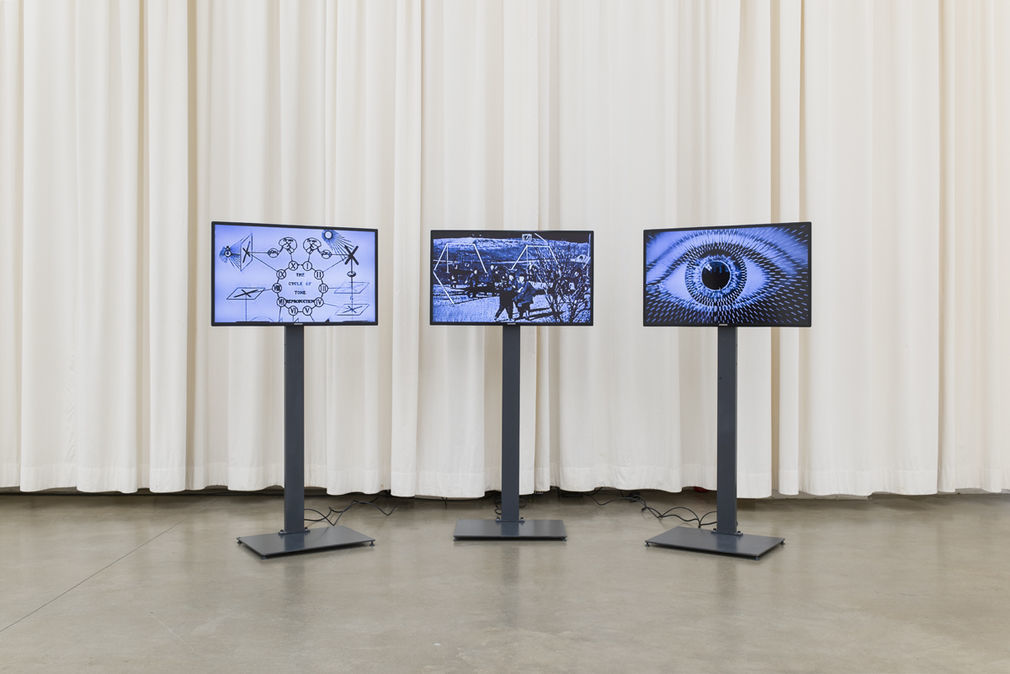Ornella Fieres
AI as a Hidden Presence in Art Production
School of Art
The exponentially growing and increasingly autonomous structure of AI systems raises the suspicion that a hidden, independently operating power is at work behind their surface. It is necessary to follow the assumption of an occult presence of Artificial Intelligence (AI), which manifests itself as part of a collective imaginary in cultural phenomena and provokes new meanings for the human-machine relationship. Attention should be paid to the field of art production, where AI occupies a previously unseen position. Simultaneously a tool and collaborator, AI technology quasi-autonomously creates artworks hidden within the layered structure of neural networks or contributes to their creation in co-authorship with artists, without revealing its decision-making process.
The artistic appropriation of new technologies can be compared to past eras of technological upheaval. The current innovation lies in the spread of AI into everyday and work life, increasingly revealing a transhumanistic vision that seeks to merge human and machine and influences the development of AI technology.
By examining cultural phenomena and contemporary artistic methods, the factor of the unknown, invisible, and hidden in the sense of an occult presence in the relationship between AI and artists is to be investigated, thereby uncovering new aspects of the human-machine complex.
Tutors:
- Prof. Dr. Marc Ries
- Prof. Martin Liebscher
